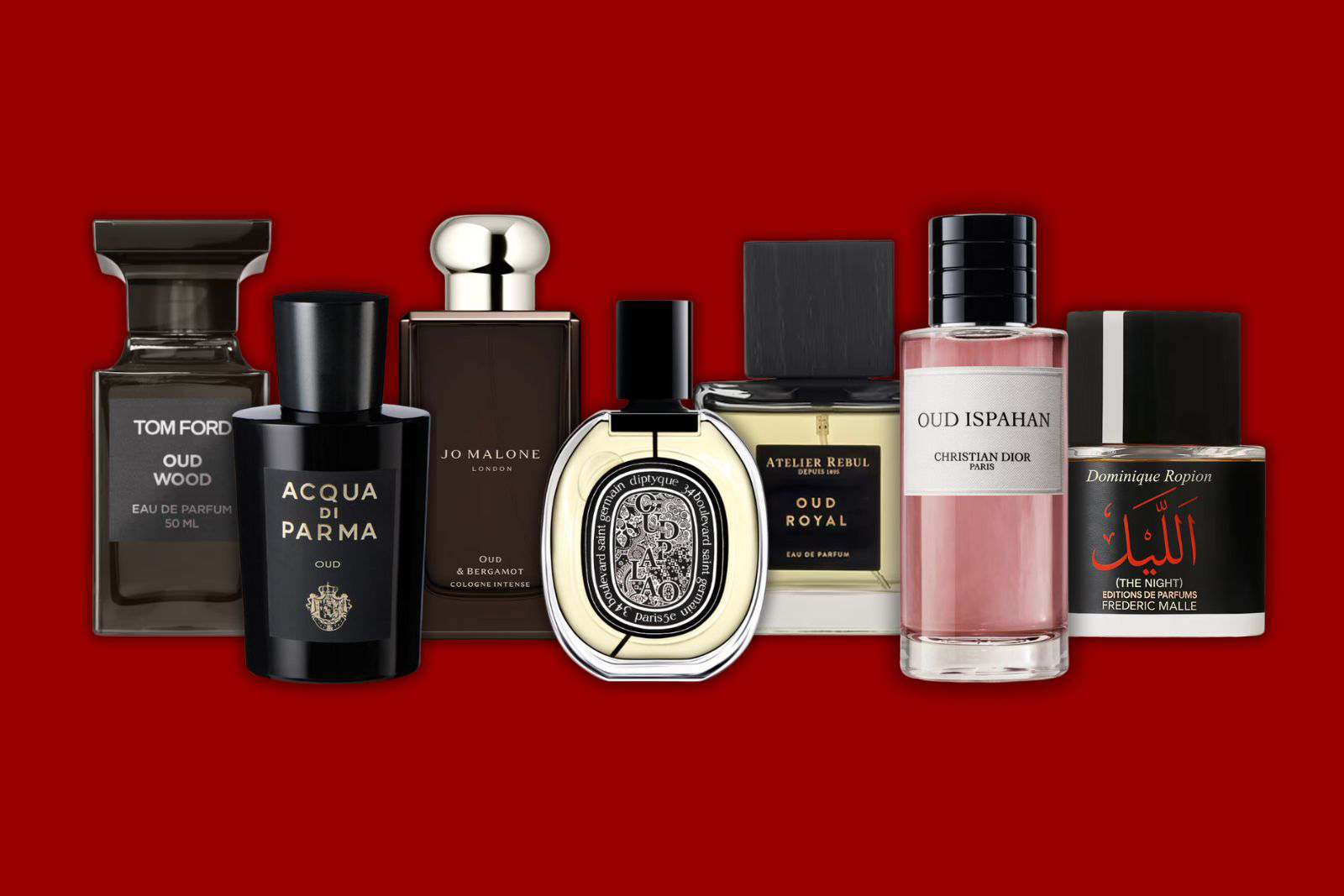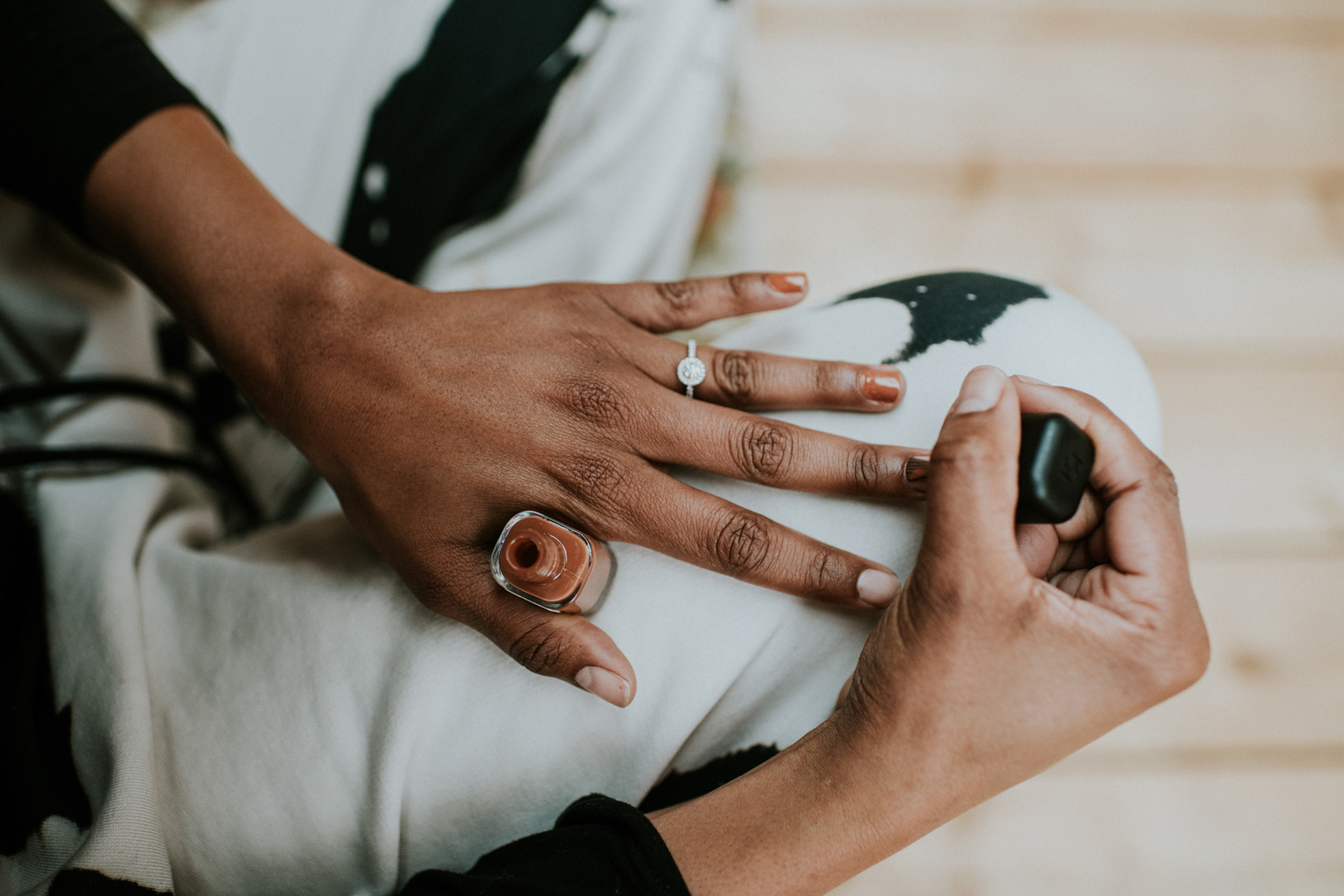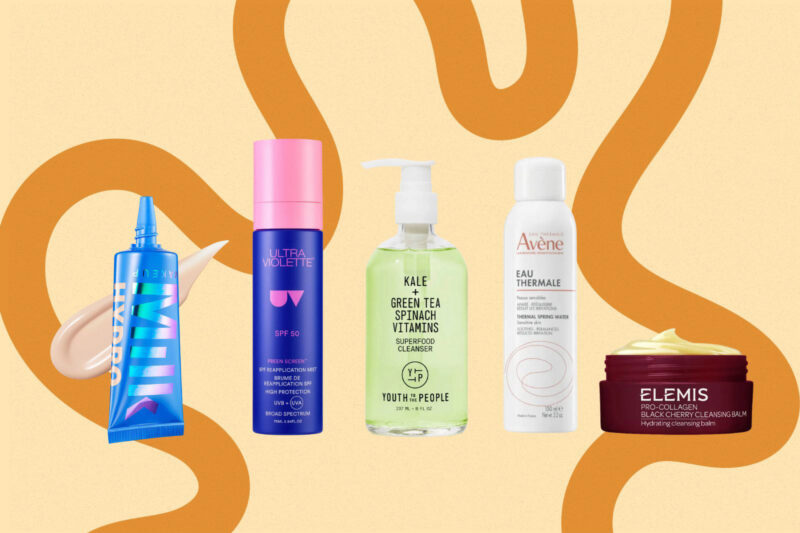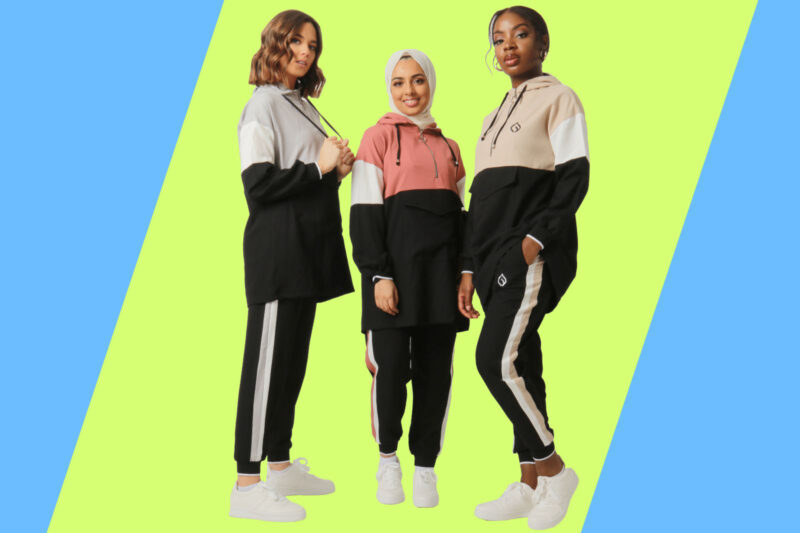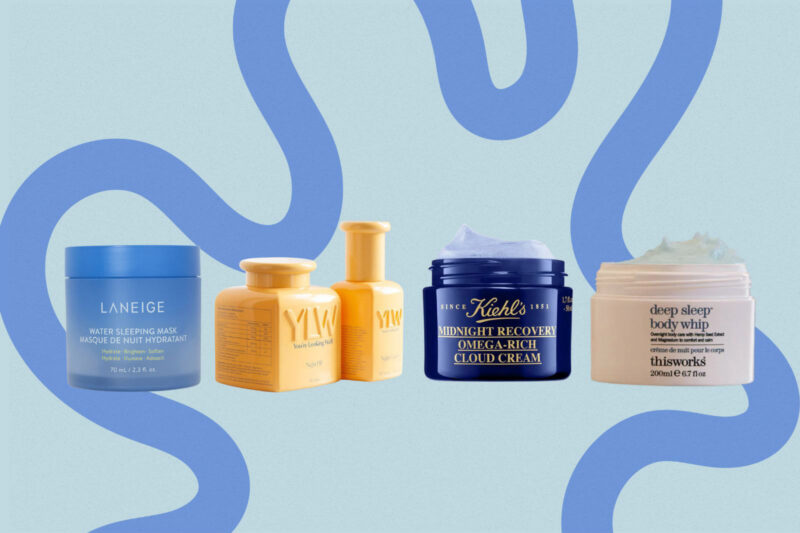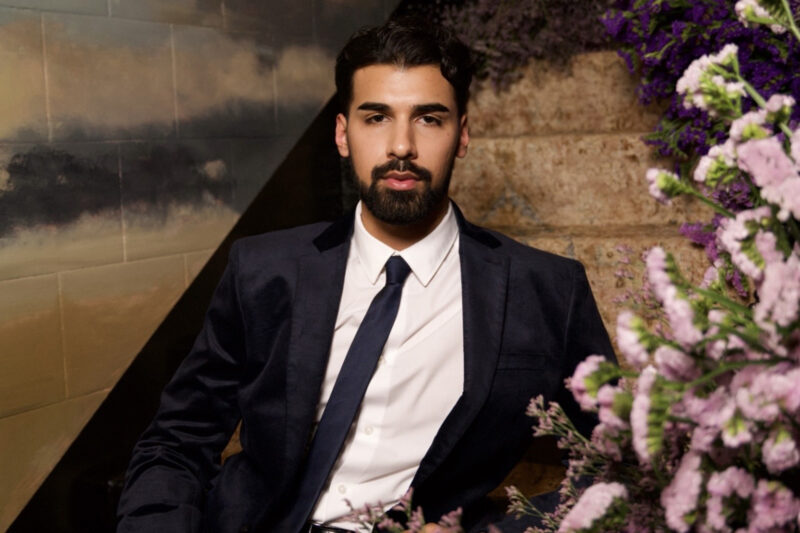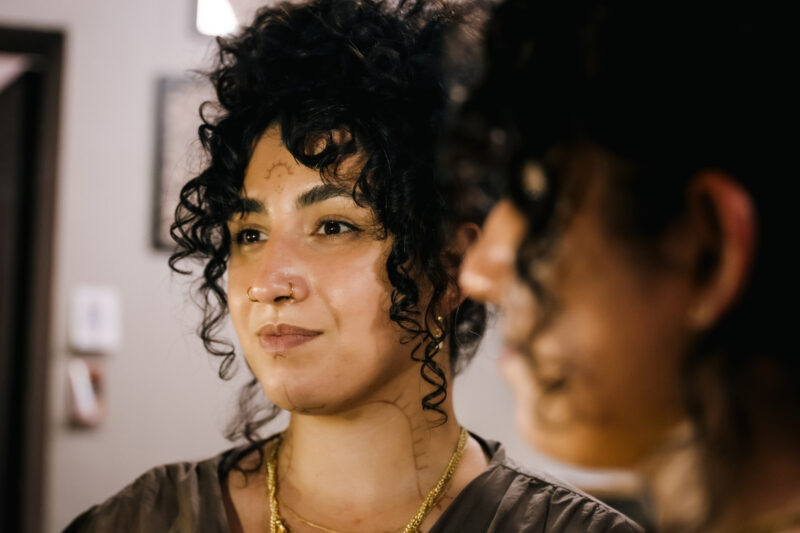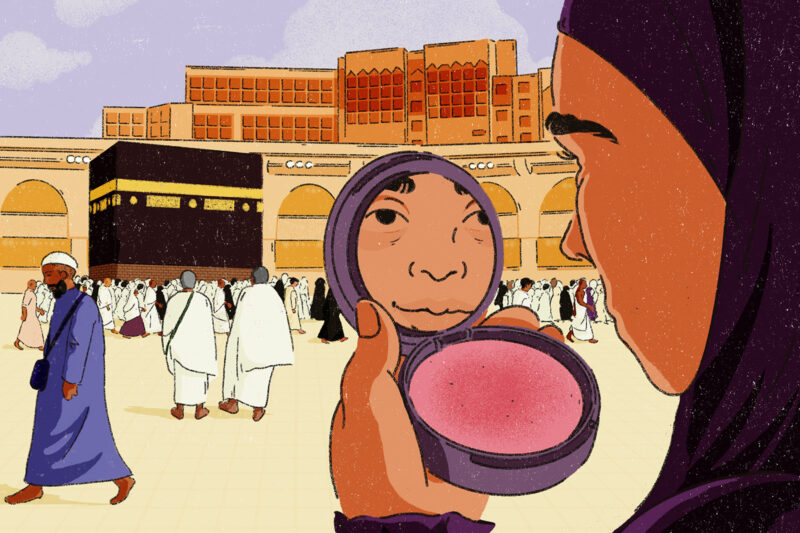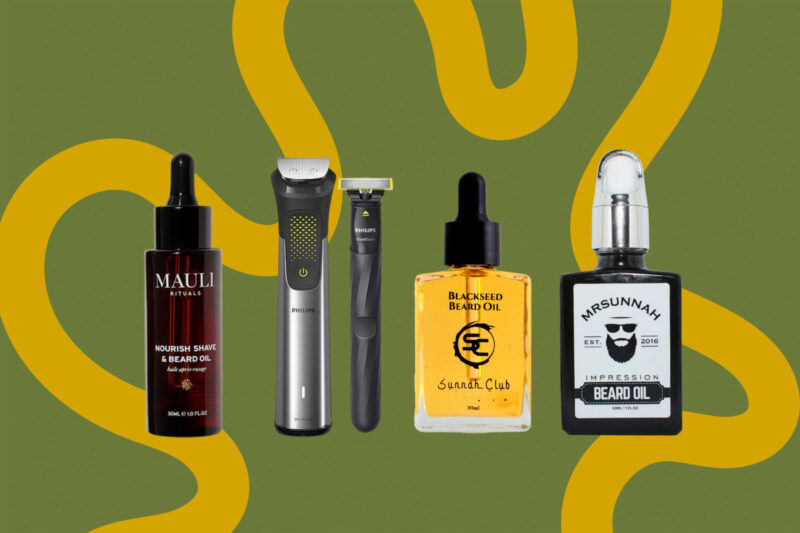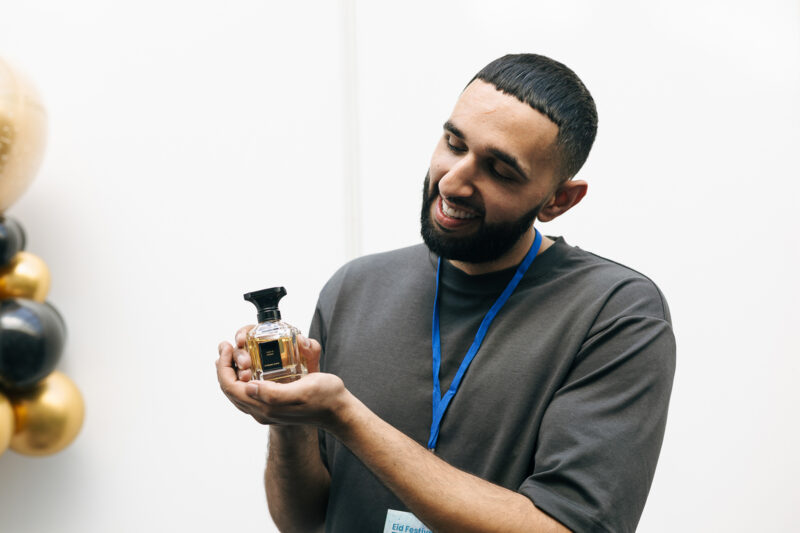How to maintain healthy hair underneath your hijab
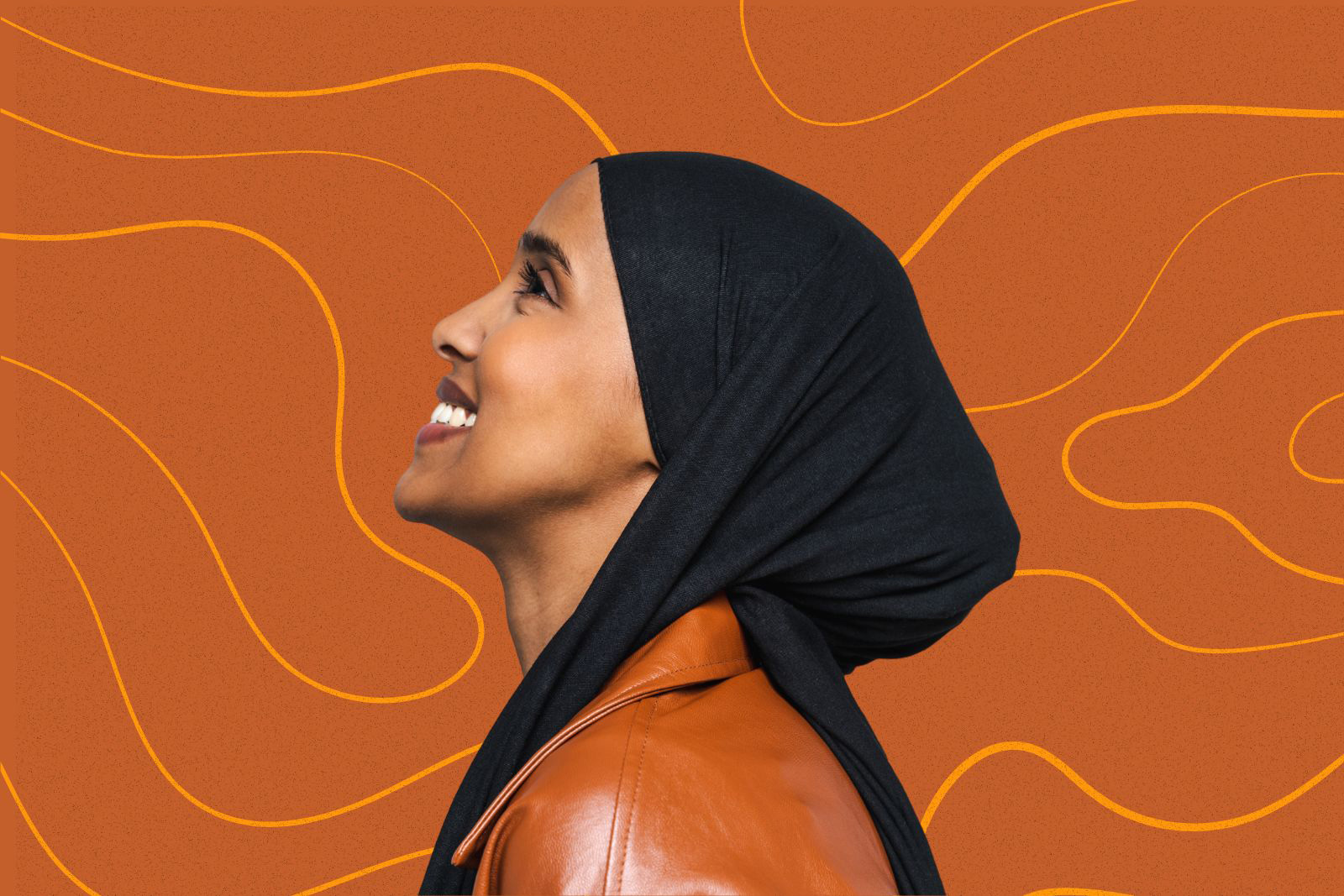
Steps you can take to care for and protect your locks
Haircare has always felt like a bit of a mystery to me. I put it down to two things: not knowing where to begin with the dizzying range of available products and treatments, and wearing the hijab, which led me to think I didn’t really need to care for my hair.
But the hijab — alongside factors such as the weather, water quality, friction and hairstyles — can seriously affect the health of your hair. As most of us are wearing our hijabs for up to eight hours a day, if not more, we asked experts for their tips on how to maintain healthy and strong hair underneath our scarves.
A protective barrier
The good news is that wearing the hijab can, in fact, help protect from UV light, the exposure to which can lead to dryness, fading colour and even change natural hair texture.
“Wearing a hijab daily actually provides a barrier against environmental stressors like sun exposure, pollution and harsh weather, all of which can be incredibly damaging over time,” says celebrity hairstylist and haircare brand OGX ambassador Michael Douglas.
But the colour of the material can make a difference. “Light-coloured scarves may let more UV through,” says Charlotte Mensah, founder of Hair Lounge, one of UK’s leading salons for Afro and curly hair. “Darker shades offer better protection against sun damage.”
Smooth fabrics
The hijab can help retain moisture in the hair, but it’s important to consider the type of fabric. “A lot of my hijabi clients wear cotton scarves,” says Mensah. “But cotton tends to strip the hair of its natural oils, which leads to dryness, frizz and eventually breakage.”
Related content
She recommends swapping cotton for silk or satin scarves. Alternatively, an undercap — such as satin-lined ones from RĀHA — can be worn beneath a cotton hijab. These fabrics reduce friction and help lock in moisture, making them far more hair-friendly.
There are other options to protect your hair overnight. “Many clients — Muslim and non-Muslim — tell me they move a lot in their sleep and undercaps slide off,” adds Mensah. “Using a scarf with a built-in grip band can help. Or, switch to a silk pillowcase, such as Drowsy mulberry silk offering, which is considered one of the best on the market. That way, even if everything else comes off, your hair is still protected overnight.”
Loosen up
One often-overlooked aspect of hijabi haircare is how tightly we wrap our scarves and how we style our hair underneath. “There’s so much beauty in the variety of ways women wear hijabs, and just like with hairstyles, technique matters,” says Mensah.
A hijab or undercap wrapped too tightly can put pressure on the hairline, tugging at the hair strands and restricting airflow, resulting in hair damage and loss. “Tightly wrapped hijabs are often associated with traction alopecia,” Mensah warns. Traction alopecia is a form of hair loss caused by constant tension on the follicles, especially around the edges.
The same applies for your hairstyle underneath your hijab. “Avoid high ponytails or tight braids that pull. Instead, go for loose buns, twists, or braids that don’t pull at your hair,” she says.
Support your scalp
Related content
Having a protective barrier means you can focus more on scalp health, which is often the root of many hair concerns. Douglas recommends incorporating scalp scrubs, such as the OXG Rosemary Mint Extra Strength Scalp Treatment, and circulation-boosting ingredients such as rosemary and mint to encourage healthy growth.
Always keep an eye out for dryness, frizz and breakage, especially around the hairline, Mensah says. “If you’re noticing these signs, it’s important to support your scalp’s natural oil production.”
She suggests creating a leave-in conditioner using the “liquid, oil, cream” method. “Mix the Charlotte Mensah Manketti Oil Conditioner with water in a spray bottle and spritz it through your hair, letting it sit for 30 minutes.” It’s a simple and really effective way to combat dryness.
Regular rituals
So much of haircare is about the small, regular practices that make up your routine and finding the protective practices that work for you. Douglas recommends a weekly bond-repair treatment to target ends and strengthen strands, such as the OGX Bond Protein Repair 1-Minute Treatment Mask.
If your hair is in need of serious TLC, try hair slugging. This traditional technique involves saturating the hair with enough oil to coat every strand and wrapping it overnight. “It’s brilliant for restoring shine and softness, especially for hijab-wearers,” says Douglas. Choose nourishing oils like argan, coconut or jojoba, and make sure to shampoo thoroughly the next day.
The hair tools you use matter more than you think, so investing in high-quality brushes can also make a difference. The La Bonne Brosse N.01 The Universal Brush is designed to prevent snagging and tugging, especially while untangling your hair after a long day under a hijab.
 Newsletter
Newsletter


